My obsession with mountains and the lifestyle of its people intrigued me to take on some of the most popular Himalayan treks in India. First, it was Sandakphu, and then the picturesque Kashmir Great Lakes Trek. Just like me, my co-bloggers on NatureDiary also go trekking to different places regularly.
Amidst all the adrenaline rush and overwhelming sensation with the pristine beauty of our planet, it’s tough to overlook aching ankles and sore calves. Many of my trek mates asked me how to prepare for trekking at high altitudes, and that’s the reason I decided to oblige them with this blog.
If you are a trekking enthusiast like me and have adventure streaming in your blood, it’s time to prepare physically and mentally for trekking. The last thing you would repent is to have broken toenails, injured hamstrings, and aching quads. Unless you are 100% fit for trekking, how do you plan to savour the jaw-dropping beauty of the mountains?
This article will help you with trekking preparation tips, and I have included some dietary guidelines as a bonus!
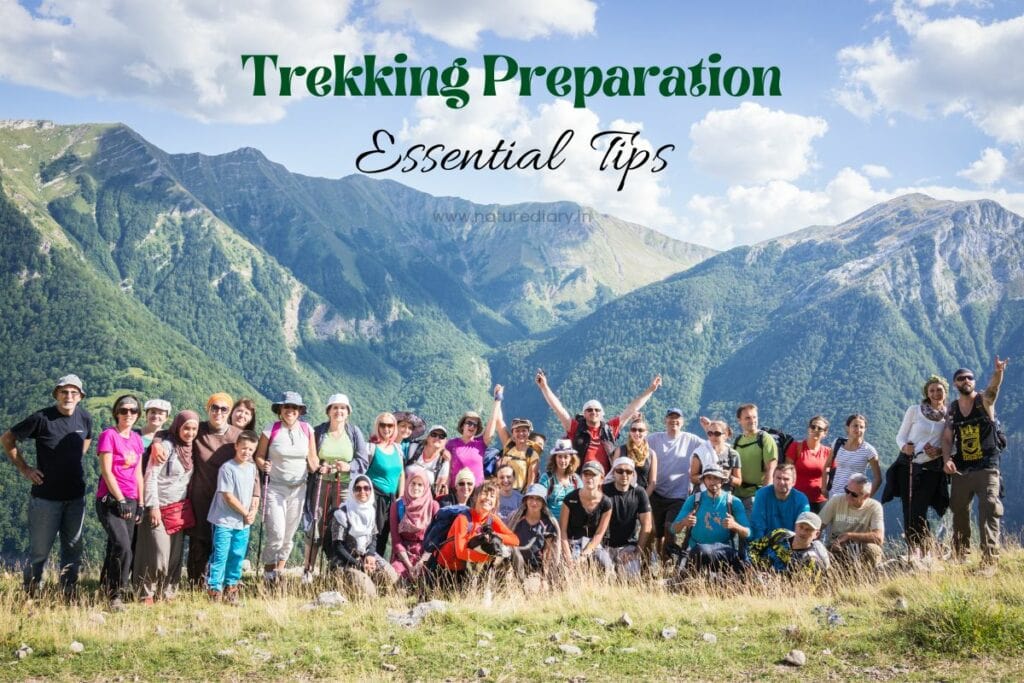
1. Build Physical Stamina
How about trekking 19 Km in 6 hours at an altitude of more than 13,000 feet where the air grows thin?
Yes, that’s exactly how I conquered Gadsar Pass (13,750 ft.) way above the tree line as a part of my Kashmir Great Lakes (KGL) Trek, and that too with a 15 Kg trekking backpack behind me. Unless you are building your stamina, strengthening your muscles and building your lung capacity, trekking at high altitudes will be a challenge!
For city dwellers, the best way to prepare physically for trekking is to start stamina-building activities at least 6 months before your trek. I would highly recommend cycling and running, which can build your muscles. Here are some additional tips from my end.
- Start attending yoga classes even if you’re hitting the gym. This will boost your lung capacity and help you keep going without facing breathing issues. Between my trek mates who do yoga and gym, I noticed them tackling high-altitude treks with greater ease.
- Fast-walking and running for 45 minutes a day will help you build your tenacity. Start with 5 Km a day, and later reduce the time to 30 minutes with the same distance.
- Carry a 10 Kg backpack or rucksack as you climb up and down the stairs of your building. This will prepare your body for trekking consistently over the months.
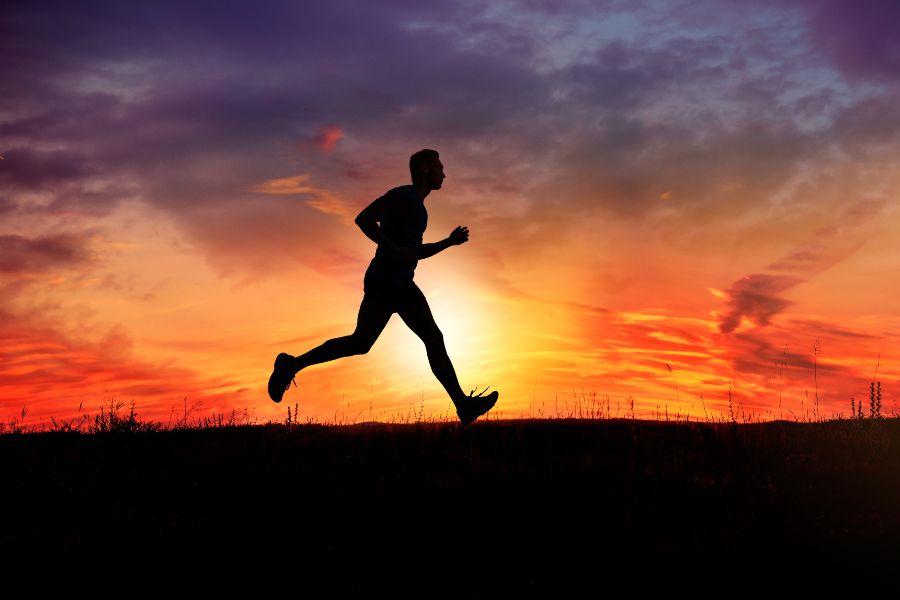
2. Exercise Regularly
Incorporate leg-based cardio exercise into your chores as you prepare for trekking at high altitudes. If you are into sports, indulge in swimming, squash, football, etc.
For gym enthusiasts, I would recommend mixing up your lunges, calf raisings, and squats with cycling and spin classes. As you near your scheduled trek, try carrying more weight. On my end, I found self-motivation works like magic. Also, if you are already into rock climbing, complement your physical strength by attending yoga classes.
Of late, I have been focused on fast-walking in a group. I can tell you that there are some obvious benefits of walking in a group, as you can socialize and motivate yourself during your training session. Besides trekking preparation, you would also love interacting with like-minded folks in your city.

3. Focus On Your Diet
It’s imperative to prepare your body by food changes for trekking, and this change doesn’t take place overnight. I highly recommend complex carbohydrates, proteins, and healthy fats to my trek mates. Our body can digest this stuff more slowly. As a result, we get a steady and consistent supply of energy.
As you take on steeper ascends, the energy requirements of your body will increase. Naturally, you need to keep your system well-fueled. Rather than taking large meals at long intervals, go for smaller and more frequent diets. This will keep your energy level consistent.
When you attend long training sessions at the gym or walk down your city, make sure to take a well-rounded and healthy breakfast. Most importantly, consume plenty of water, which will protect you from dehydration. Well, the Sandakphu Trek, which I undertook some months back, was moderate in difficulty level. Out of our self-obligation to remain fit, we consumed a minimum of 4 litres of water each day.
Mix up your meals with small doses of healthy snacks. That’s how I prepare for trekking the Himalayas every season.

4. Get The Right Trekking Shoe
Well, I have often seen beginners starting off in the wrong way. While preparing for trekking, make sure to get a comfortable and waterproof trekking shoe. It’s important to get yourself accustomed to the shoe in the first place before you try them out on the mountains.
A good quality trekking shoe is supportive enough to provide adequate ankle protection and ventilation. However, the ankle cuffs shouldn’t be excessively high, as your achilles tendon, located at the base of the calf, might ache. Rather, the ankle cuff of your trekking show should have a backward scooping.
In case you purchase a new pair of trekking shoes, I would advise you to let them bend into your feet. Walk in your regular path with those shoes for at least a month. In case the shoe gives you blisters, it’s wise to settle the deal before you begin your trek.
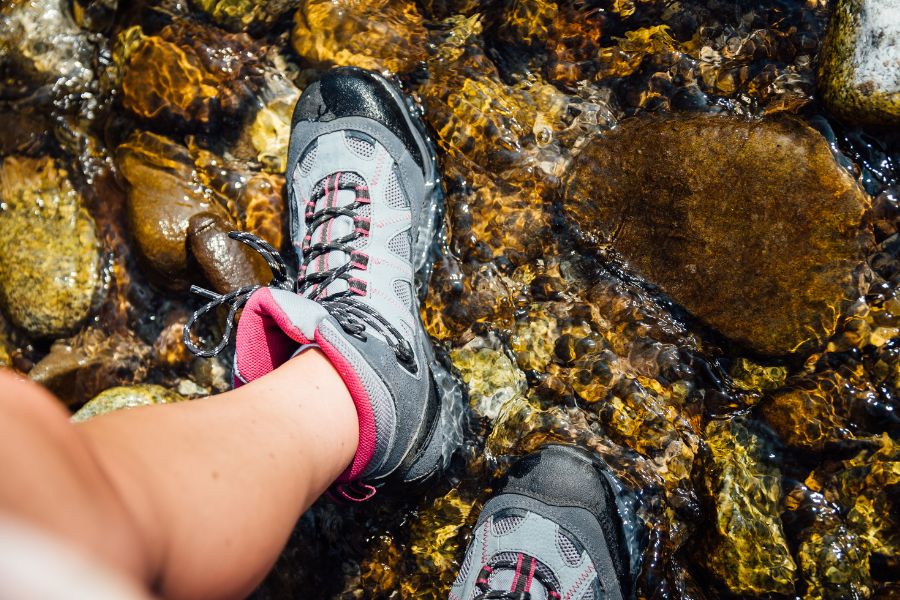
5. Train Yourself On Similar Terrains
While you prepare for a trekking trip, make sure to choose similar terrains rather than concrete roads or the footpath. My personal experience has taught me to mimic the same conditions while I train myself for long treks.
For instance, if you plan a trek that involves mountain climbing, go scrambling during the weekends. Train yourself for the trek with a similar load on the rucksack, as well as the same hiking clothes and footwear.
Rather than going for levelled roads, why not choose some muddy paths or gravel roads? This proves to be much more effective as your ankles, knees, and feet get habituated to the challenges.
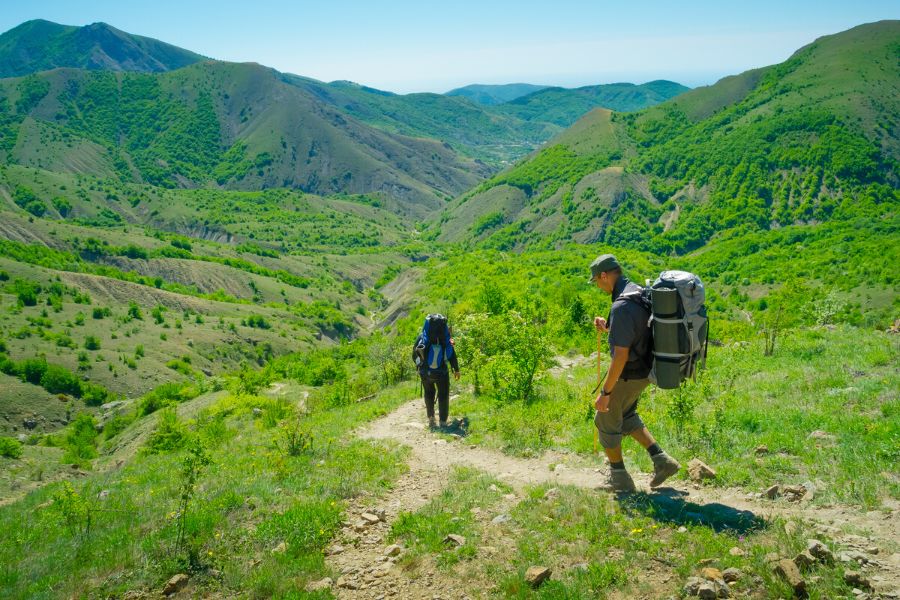
6. Hike In Different Weather Conditions
From my experience, I would give you one pro tip to prepare for trekking in the Himalayas. While crossing the treacherous boulder zone just before reaching the Satsar Campsite (an amalgamation of seven alpine lakes), we landed up in a thunderstorm with torrential rain and sleet. With the slippery terrain and blurred vision ahead, I had to judge each boulder before stepping on it.
So, I would advise fellow trekkers to prepare themselves by walking in different weather conditions. Suppose, you go for a ten-day trek. You are not likely to find sunny weather throughout the journey. Get yourself accustomed to trekking in humid, rainy, windy, cold, and warm conditions.
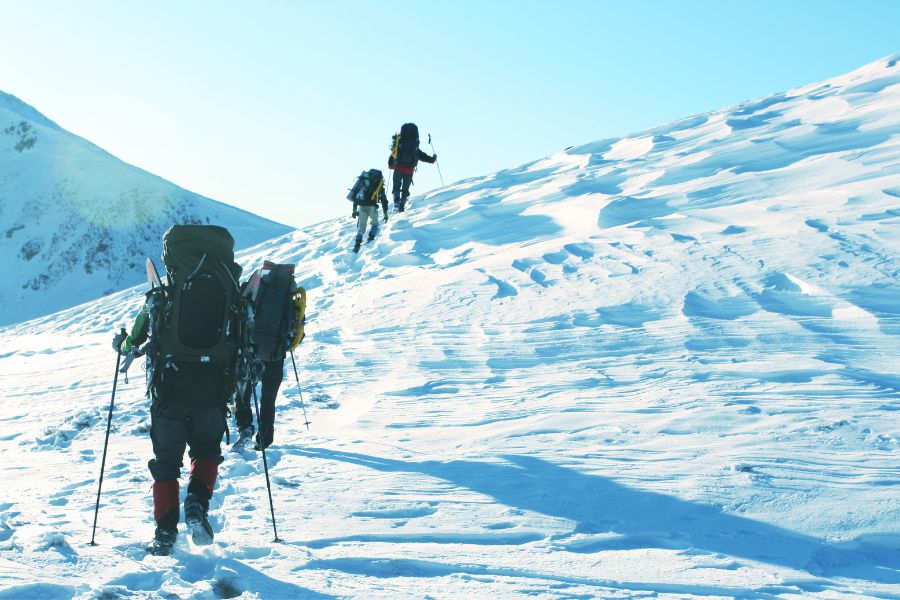
7. Avoid Blisters On Your Feet
When you prepare for a trekking trip with a new pair of shoes, you are likely to get blisters. Well, this isn’t something trekkers would love while they take on challenging terrains. Therefore, I would recommend you some guidelines that would protect your feet from blisters.
If your hiking shoes are too loose or tight, you might get blisters. Some trekkers know their blister spots or hot spots on their skin that are more sensitive than the rest of their body. Use blister blocks or band-aids on these areas before you start your trek. This way, you can judge whether or not they fit properly into your feet.
Taping and wrapping the pressure points using moleskin or athletic tape works well. Take care not to leave any wrinkles in the tape. Otherwise, they may rub against your skin and lead to irritations.
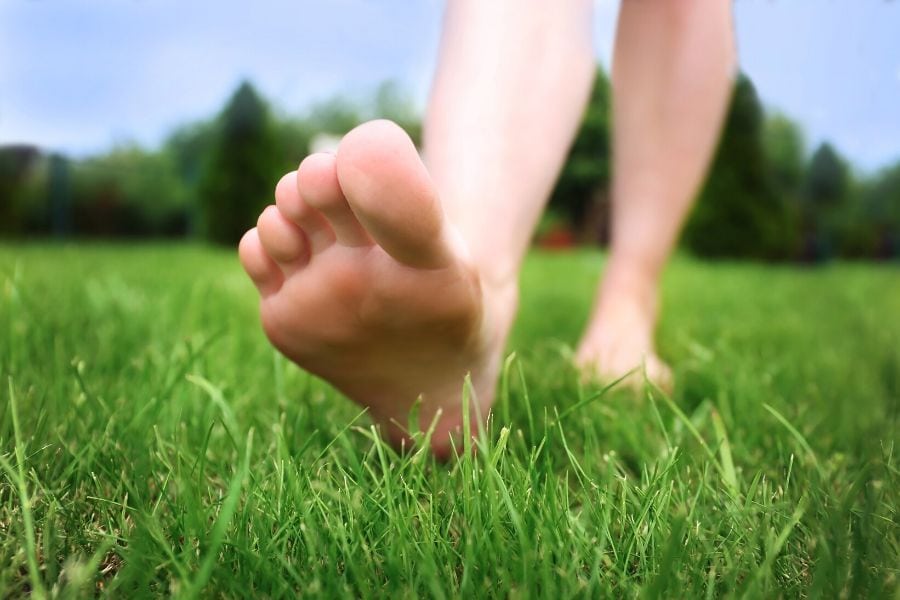
8. Choose The Right Socks And Lubricant
I have observed many hikers wearing heavy trekking socks along with a liner sock. This is effective in keeping your foot dry as the dual laying absorbs moisture. In cold conditions, try polypropylene or cotton liners that work well.
Use a foot lubricant when you go for long treks. It will reduce friction inside your trekking shoe significantly. This way, you can keep away chafing from affecting your hiking experience. Packing only the trekking essentials and discarding the others, will also help in smooth trekking.

Before I wind up my guide on trekking preparation, I would like to share a few other tips. Start practising with your trekking pole while you take on your training sessions. Also, prepare your body with food changes for trekking well ahead of your trek. Our systems take time to respond to dietary changes.
Building stamina for trekking is a mission, and avid trekkers diligently adhere to the guidelines. Being a trekking enthusiast, exercise, yoga, cycling, walking, and maintaining the right dietary plan are the secrets to prepare for trekking. So, incorporate the rigorous activities I recommended into your schedule.
As I brace up for my next trek, I would like to see my fellow trek mates well-poised to take on challenging terrains. The mountains are waiting for us to be conquered!